Additive manufacturing on multi-material 3D printers
- Details
- Hits: 2446
The Schaeffler Group presented on the Automatica 2023 a novel system for additive manufacturing for industry. The multi material 3D printers offer limitless potential for unique material combinations and functional integration, free design creation and fast market reactions in additive manufacturing.
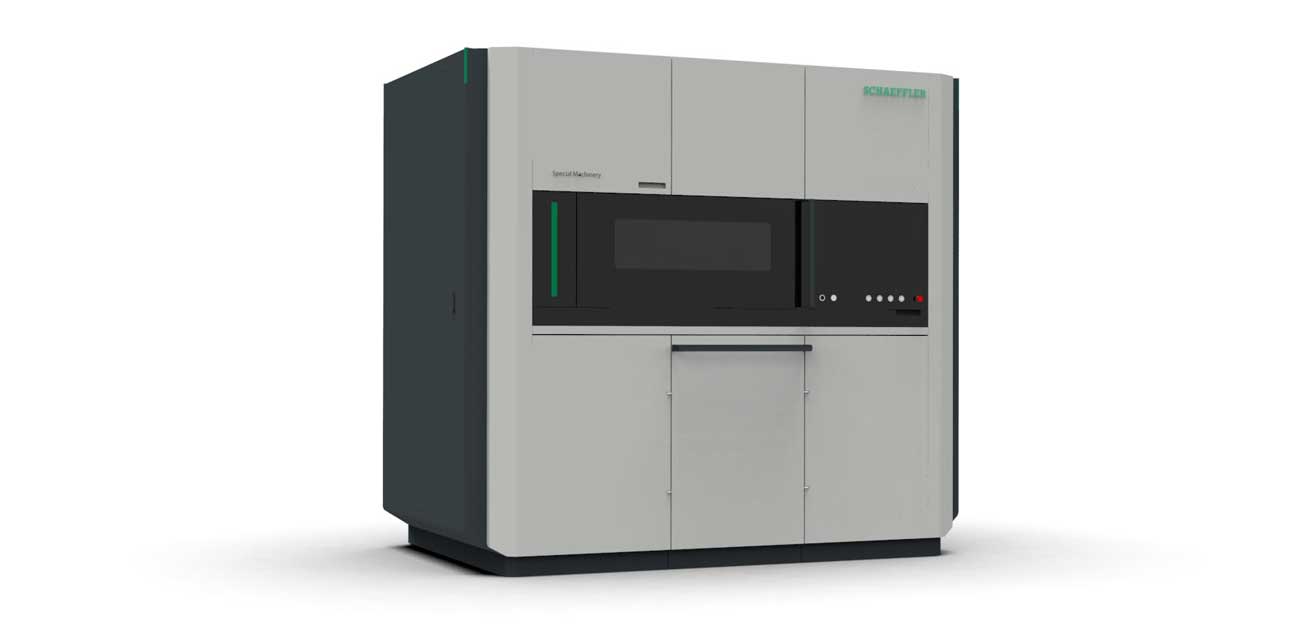
Contents
- Patented coating for powder bed based laser melting
- Additive manufacturing for metal-ceramics
- What is possible today and maybe tomorrow - video statement
- FAQ
Patented coating for powder bed based laser melting
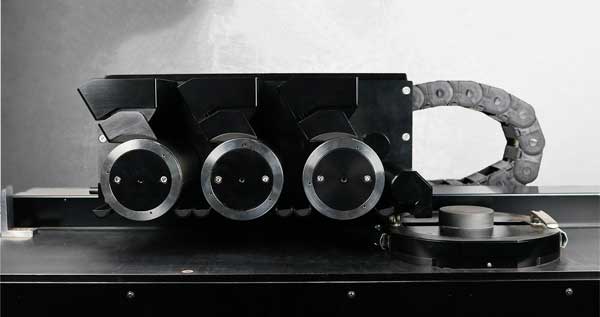 November 27.11.2023, XNUMX | Using powder bed-based laser melting, components such as tools, prototypes or small series can be manufactured more innovatively, efficiently and even more sustainably.
November 27.11.2023, XNUMX | Using powder bed-based laser melting, components such as tools, prototypes or small series can be manufactured more innovatively, efficiently and even more sustainably.
The patented Selective Powder Deposition (SPD) technology from Schaeffler Aerosint enables the laying of homogeneous layers from several material areas arranged next to one another. The selective application of different powders brings the right material in the required quantity to the desired location.
So-called Recoater keep several material powders available separately for this purpose. Comparable to the carriage of an office printer, it applies 3D components in powder pixels up to 300 μm in size. SPD technology can be applied to additive manufacturing processes such as binder jetting and laser powder bed fusion as well as to indirect processes.
Schaeffler Special Machinery will SPD technology in its multi-material 3D printer, which will come onto the market from 2024. “By integrating this future technology, Schaeffler Special Machinery, as a partner for production excellence, can offer its customers an even more diversified system portfolio, especially for the areas of Industry 4.0 and Medical Technology“, explains Bernd Wollenick, Head of Schaeffler Special Machinery.
Additive manufacturing for metal-ceramics
13.07.2023/XNUMX/XNUMX | The multi-material3D Print The Schaeffler system is based on a unique concept for high-precision additive manufacturing of 3D printing components in a combination of metals and ceramics. Schaeffler worked with a partner for material application processes to develop the system for additive manufacturing, which can print metals and ceramics in combination.
 3D printing service – online and fast
3D printing service – online and fast
A holistic production approach was pursued as part of the project, which includes everything from the design of the 3D geometry to the finished component. In addition to the system itself, the multi-material printer also provides the software and printingmaterial ready. The offer is supplemented by services such as design to print and the measurement and calibration of the system.
Milestone in additive manufacturing
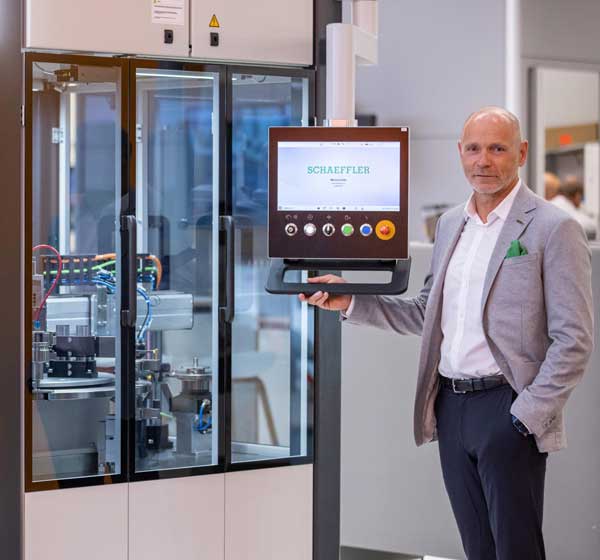 "Our newly developed system concept for 3D printing with different materials is a milestone for the integration of additive manufacturing processes into our production lines,” says Bernd Wollenick. “The solution enables customers to create innovative material combinations, new functional integration into components and tools, and greater flexibility in the design of products and tools.”
"Our newly developed system concept for 3D printing with different materials is a milestone for the integration of additive manufacturing processes into our production lines,” says Bernd Wollenick. “The solution enables customers to create innovative material combinations, new functional integration into components and tools, and greater flexibility in the design of products and tools.”
The multi-material 3D printing process
In the innovative 3D printing process, the layers of material are applied to the print bed. Get out of integrated powder reservoirs up to three different materials into the recoater, which deposits the different powders next to each other layer by layer on the construction platform.
Through laser welding the individual layers gradually merge with each other. Multiple scanners and laser sources handle the processing of a wide range of materials. The 3D printing takes place in a process chamber protected with argon inert gas.
The 3D printed components can be up to 250 x 250 x 250 mm in size. They are printed with a layer thickness of 40 to 200 µm with a precision of 0,2 mm. The density is 99,9% for steel, for example, or 99% for copper. The new multi-material 3D printing facility will from 2024 be available.
What is possible today and maybe tomorrow
27.06.2023 | Carsten Merklein, Head of Advanced Manufacturing Technologies at Schaeffler AG in Herzogenaurach, presents the new multi-material 3D printing system, which may even print components for electric motors in the future. The statement was made at the Automatica in Munich.
Schaeffler is exhibiting at the EMO 2023.
FAQ
How does additive manufacturing work?
Additive manufacturing, often referred to as 3D Print is an advanced manufacturing process that is often used for rapid prototyping, but is now increasingly suitable for mass production of components. It allows objects to be created layer by layer directly from digital files. This process offers numerous advantages over conventional manufacturing methods. Here are the key aspects of how additive manufacturing works:
- digital Concept: The process begins with CAD data and a digital 3D model of the object to be manufactured. This model is created in special software or obtained through 3D scanning of an existing object.
- More layered Construction: The 3D model is broken down into thin, horizontal layers. The printer then creates the object layer by layer. Each layer corresponds to a cross section of the final object.
- MaterialChoice: Various materials can be used in additive manufacturing, including plastics in the form of filaments, metals, resins and even living cells. Material selection depends on the specific application and requirements of the manufactured object.
- ProductionTechniques: There are several additive manufacturing techniques, including Fused Deposition Modeling (FDM), Stereolithography (SLA), Selective Laser Sintering (SLS), and Direct Metal Laser Sintering (DMLS).
- post processing: After printing, the object can be post-processed to improve surface quality or add additional properties.
What is multi-material 3D printing?
Definition of multi-material 3D printing: This is probably the premier class of additive manufacturing processes when several materials can be printed at the same time. In multi-material 3D printing, two or more materials are used to produce a component in one step. The choice between various materials expands the possibilities for additive manufacturing of components many times over.
You might also be interested in...
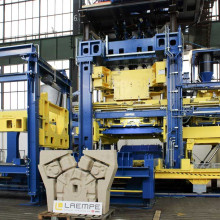
Profile rail guide using modern foundry technology from Laempe

Artificial Intelligence | trends and developments
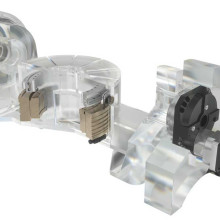
Planetary gear + strain wave gear precision from Schaeffler
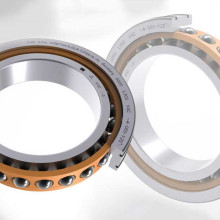
spindle bearing | The Vacrodur high-performance elements
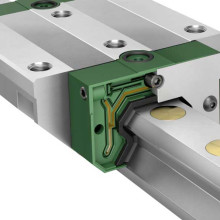
linear guide | Precise, light, durable
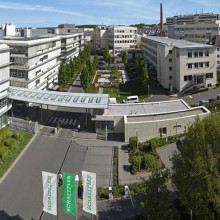
Schaeffler | News from the patent forge
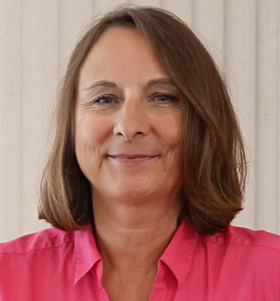
Angela Struck is editor-in-chief of the development scout and freelance journalist as well as managing director of Presse Service Büro GbR in Ried.
